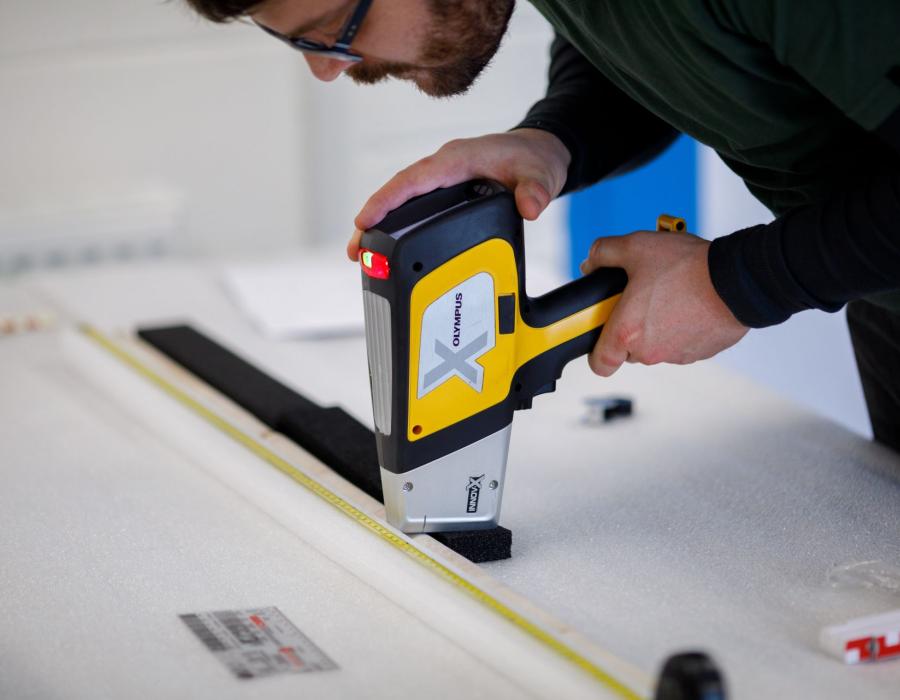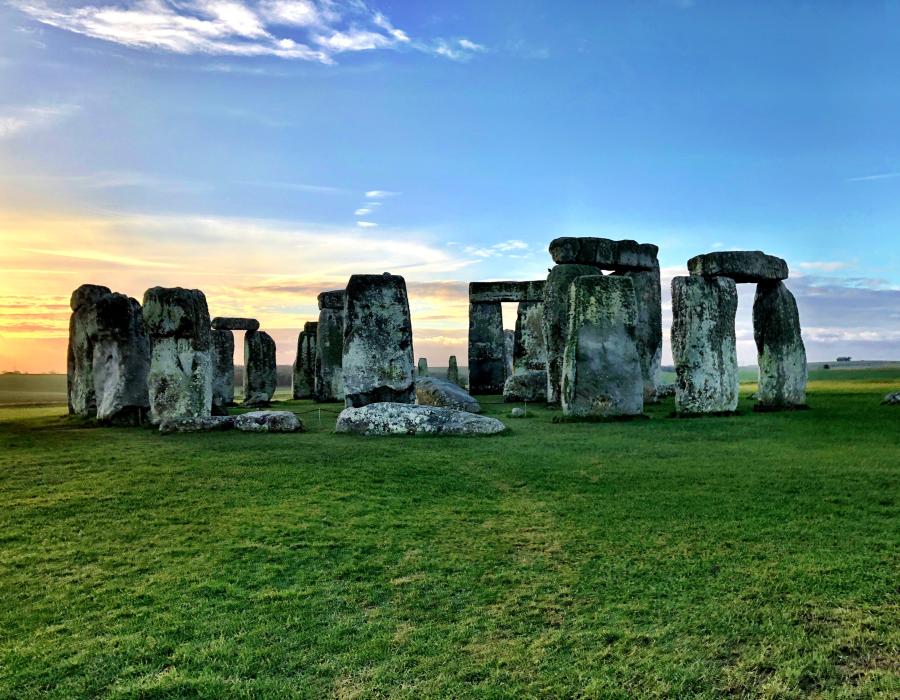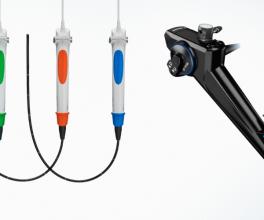
A New Approach Unearths Truth About Stonehenge
As one of the world’s most ancient and most mysterious prehistoric monuments, Stonehenge has long been a question to the scientific world. Questions like: “Where did the stones come from?” and “How were they moved?” remain mostly unanswered…until recently.
The Biggest Question
Near the center of Stonehenge are stones known as “bluestones” – these have already been traced to the Preseli Hills in Pembrokeshire in previous studies. The biggest question is about the biggest stones, the sarsens, that appear on the outer edges of the monument.
A New Approach
In a new research effort, four UK universities (Brighton, Bournemouth, Reading, and UCL) and English Heritage used a novel geochemical approach with X-ray fluorescence (XRF) technology to determine the origin of the 52 sarsens in Stonehenge.
The Olympus Connection
The researchers analyzed the sarsens at the Stonehenge monument using our Olympus DELTA™ handheld XRF analyzers, developed and manufactured by the Olympus Scientific Solutions division. XRF analyzers use a nondestructive technique called X-ray fluorescence to determine the elemental composition of a material without damaging it.
Through analysis with our XRF analyzers, it was determined that 50 of the sarsens shared a similar geochemistry, meaning that they all came from one source. However, the question remained…where?
Discover the origins of Stonehenge in the full article:
“A Monumental Discovery—XRF Sheds Light on the Origins of Stonehenge” by Michelle Wright







